INTRODUCTION

I write when I’m passionate about something–whether it’s about a person or an historical event. Share my voyage of discovery as I researched and wrote my books. You’ll learn not only about the subject but also about the sometimes surprising process of writing.
I love giving talks to people of all ages in many different settings—schools, community centers, libraries, and festivals. I can also speak to your group virtually, using Zoom, Skype, Google Classroom, or whatever platform suits.
My presentations expand on the material in my books. To make the events more real, I show visuals and artifacts and play audio clips. Each presentation is designed to be age and grade-level appropriate.

PRESENTING MY BOOKS
HISTORICAL FICTION
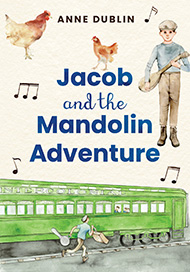 I describe the journey these Jewish orphans made from Poland to Georgetown, Ontario in 1927; about their lives on the Canadian Jewish Farm School, and their concert in Carnegie Hall, New York. The themes of friendship, antisemitism, and music are the threads that are interwoven in my presentation.
I describe the journey these Jewish orphans made from Poland to Georgetown, Ontario in 1927; about their lives on the Canadian Jewish Farm School, and their concert in Carnegie Hall, New York. The themes of friendship, antisemitism, and music are the threads that are interwoven in my presentation.
 I discuss the troubling, and often violent history of slavery, prejudice, and anti-Semitism in the milieu of Spain and Portugal in the 1490s. I also trace how the search for new lands to cultivate sugar led to many abuses of the time. I read from my historical novel and intersperse my talk with Sephardic songs. Suitable for ages 12 and up.
I discuss the troubling, and often violent history of slavery, prejudice, and anti-Semitism in the milieu of Spain and Portugal in the 1490s. I also trace how the search for new lands to cultivate sugar led to many abuses of the time. I read from my historical novel and intersperse my talk with Sephardic songs. Suitable for ages 12 and up.
 I write about many difficult issues in 44 Hours or Strike! Among them are workers’ rights, union activism, the status of women, and prejudice against Jews and immigrants . I use PowerPoint to illustrate working conditions in the factories, Toronto street scenes, and objects from everyday life. In my presentations, I sing protest and union songs in both English and Yiddish. I hope to make the 1930s come alive for young people.
I write about many difficult issues in 44 Hours or Strike! Among them are workers’ rights, union activism, the status of women, and prejudice against Jews and immigrants . I use PowerPoint to illustrate working conditions in the factories, Toronto street scenes, and objects from everyday life. In my presentations, I sing protest and union songs in both English and Yiddish. I hope to make the 1930s come alive for young people.
 One of the main threads running through Stealing Time is how people measured time in the past—from ancient Egypt to the present. I do a PowerPoint presentation to illustrate these devices and some of the people who were theorists and inventors. I show an example of a pocket watch and ask the audience to imagine what it would be like to travel back in time. I also like to give people a chance to tell their own stories about time and timekeeping.
One of the main threads running through Stealing Time is how people measured time in the past—from ancient Egypt to the present. I do a PowerPoint presentation to illustrate these devices and some of the people who were theorists and inventors. I show an example of a pocket watch and ask the audience to imagine what it would be like to travel back in time. I also like to give people a chance to tell their own stories about time and timekeeping.
 Because this book is set in the early 1700s, I do a PowerPoint presentation to describe Johanna’s journey from Hamburg to Amsterdam. She faced a lot of challenges, including plague, bandits, storms, and not least of all, anti-Semitism. The illustrations will help people imagine what it would have been like in that time and place, and to better understand the characters in the novel.
Because this book is set in the early 1700s, I do a PowerPoint presentation to describe Johanna’s journey from Hamburg to Amsterdam. She faced a lot of challenges, including plague, bandits, storms, and not least of all, anti-Semitism. The illustrations will help people imagine what it would have been like in that time and place, and to better understand the characters in the novel.
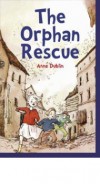 It’s 1937, and twelve-year-old Miriam and her young brother, David, are poor. Orphaned, they live with their grandparents who, although they love them, can barely afford to feed them. When David is sent to an orphanage – where he’s made to do dangerous work in a factory – Miriam decides to undertake a daring rescue. I do a PowerPoint presentation, showing photos of Poland then and now, and explain the many resources I used to research the book.
It’s 1937, and twelve-year-old Miriam and her young brother, David, are poor. Orphaned, they live with their grandparents who, although they love them, can barely afford to feed them. When David is sent to an orphanage – where he’s made to do dangerous work in a factory – Miriam decides to undertake a daring rescue. I do a PowerPoint presentation, showing photos of Poland then and now, and explain the many resources I used to research the book.
 Set in Toronto in 1954, this gripping novel is based on the true story about Hurricane Hazel and how it affected the lives of Sarah and her immigrant family. In this interesting and educational presentation, I show slides about Hurricane Hazel, books and newspaper articles, and demonstrate how a Ouija board works. I also talk about the surprising events that happened while researching this book.
Set in Toronto in 1954, this gripping novel is based on the true story about Hurricane Hazel and how it affected the lives of Sarah and her immigrant family. In this interesting and educational presentation, I show slides about Hurricane Hazel, books and newspaper articles, and demonstrate how a Ouija board works. I also talk about the surprising events that happened while researching this book.
BIOGRAPHIES
She’s a Mensch! : Ten Amazing Jewish Women
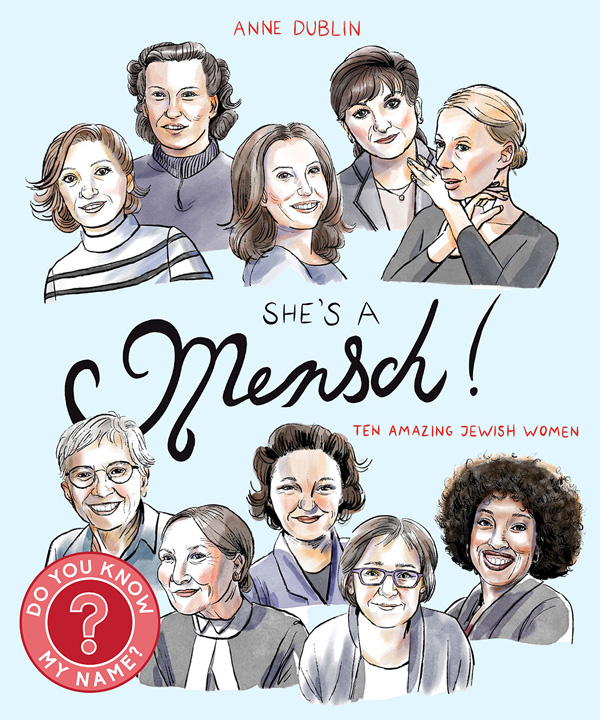
In my PowerPoint presentation, I give an overview of these ten amazing Jewish women. I also speak about my motivation for writing this book and the process of research and writing. Finally, I touch on how the lives of these women connect to my own life journey in various surprising ways. Geared for ages 10 and up.
Dynamic Women Dancers
 I tell stories about ten women dancers from the world of ballet, modern, flamenco, and Bharatanatyam. They all had huge problems to overcome, such as blindness, racism, or poverty. They inspired people through their dancing, but most of all by going beyond the dance. In this empowering presentation I focus on one or two dancers, and describe their challenges and achievements. I also talk about the process of researching the book, including interviews with the dancers.
I tell stories about ten women dancers from the world of ballet, modern, flamenco, and Bharatanatyam. They all had huge problems to overcome, such as blindness, racism, or poverty. They inspired people through their dancing, but most of all by going beyond the dance. In this empowering presentation I focus on one or two dancers, and describe their challenges and achievements. I also talk about the process of researching the book, including interviews with the dancers.
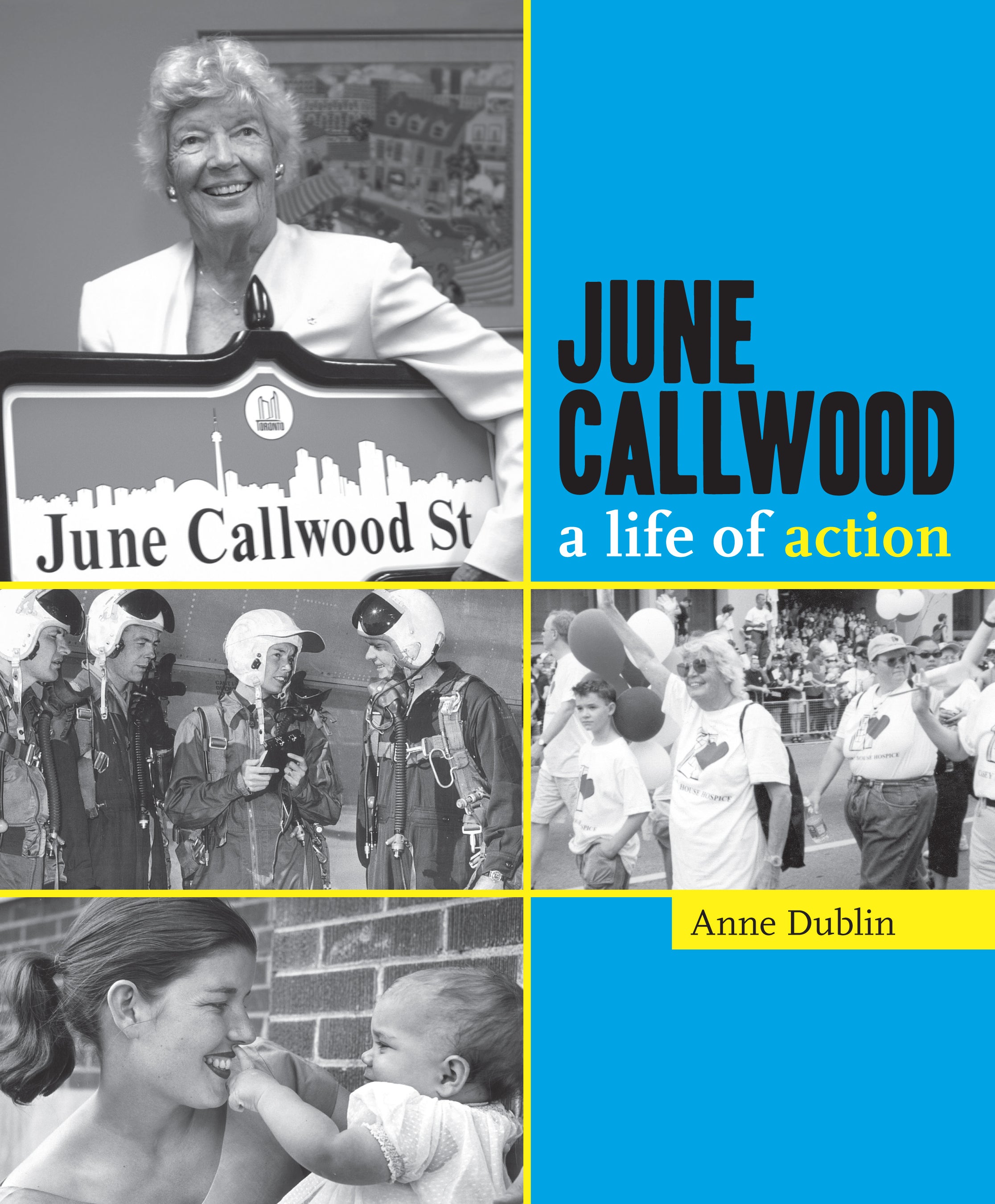 June Callwood was one of Canada’s leading journalists and social activists. I examine her life and work, her leadership qualities, and the heartbreaking challenges she had to face and overcome. I motivate the listeners to think about how they can be leaders in their own community and I include anecdotes about the process of researching and writing this book.
June Callwood was one of Canada’s leading journalists and social activists. I examine her life and work, her leadership qualities, and the heartbreaking challenges she had to face and overcome. I motivate the listeners to think about how they can be leaders in their own community and I include anecdotes about the process of researching and writing this book.
Bobbie Rosenfeld and the Olympics
What was it like to be on the Canadian women’s track and field team at the 1928 Olympics? What were the highlights of the Games? And what part did Bobbie Rosenfeld play? These are some of the questions I answer in this fascinating talk about one of Canada’s greatest athletes. During the presentation I show artifacts about the Olympics, including an Olympic medal, postcards, and stamps.
Lucy Maud Montgomery: A Writer’s Life
 When she was a child, L.M. Montgomery loved to make up stories and poems. When she grew up, she became a famous writer. Find out how the author of Anne of Green Gables made her own dreams come true. For ages 7-9.
When she was a child, L.M. Montgomery loved to make up stories and poems. When she grew up, she became a famous writer. Find out how the author of Anne of Green Gables made her own dreams come true. For ages 7-9.
OTHER PRESENTATIONS
The Garment Workers’ Scheme / The Tailor Project
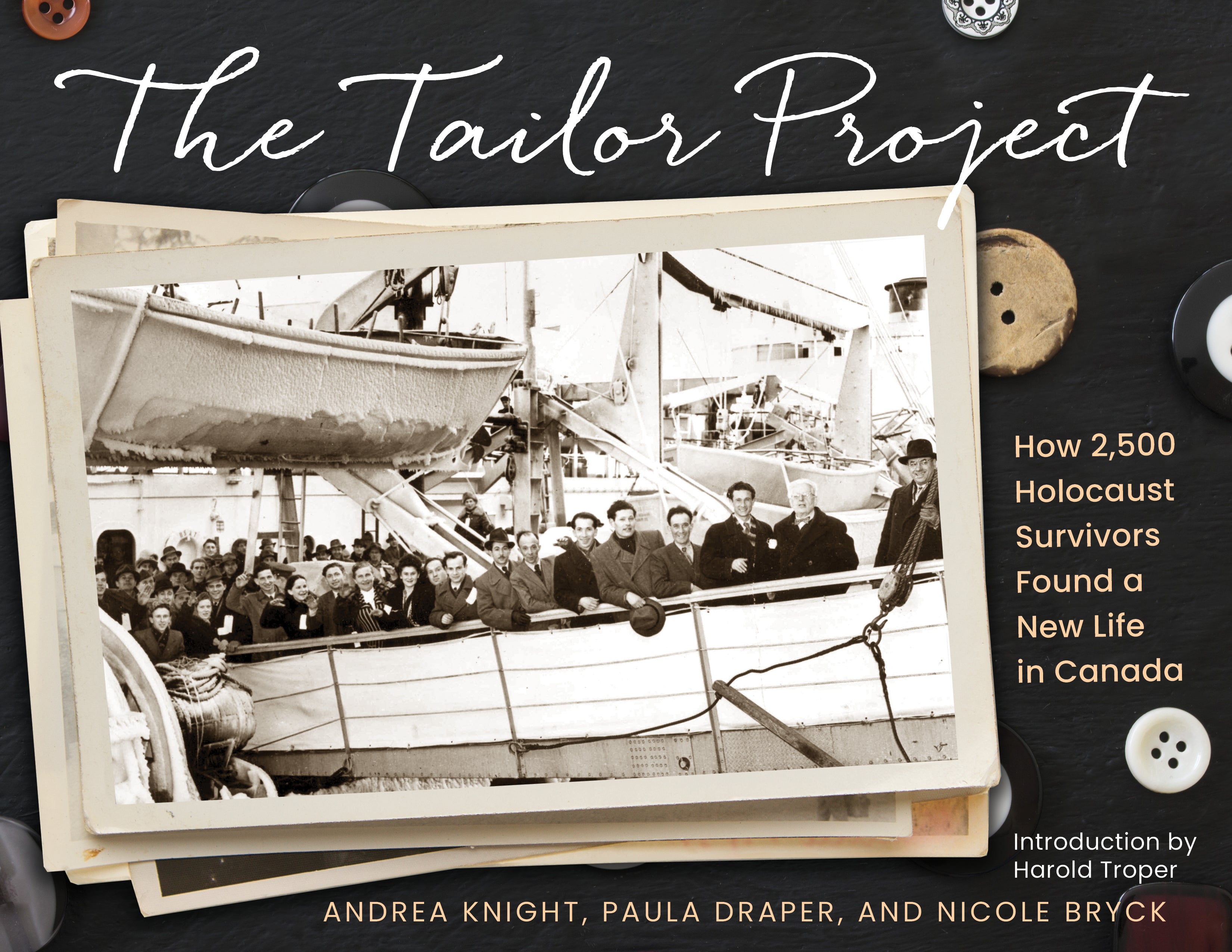
I tell the remarkable story of approximately 2,500 Jewish tailors and their families who immigrated to Canada between 1948 and 1949 through the Garment Workers’ Scheme in the aftermath of the Holocaust.
The Bricha / The Jewish “Underground Railroad”
How exactly did Holocaust survivors manage to leave Eastern Europe and reach displaced persons (DP) camps after World War II? How did they ultimately find their way to Eretz Israel, or not?
These survivors weren’t whisked away by a magic carpet. What helped thousands of them was an organization called the “Bricha”—a word in Hebrew that means “flight”. It’s what I call the “Jewish Underground Railroad”. I outline the historical background of the Bricha, and the various strands that made up this secret organization.
(Jewish) Displaced Persons Camps
After World War II ended, my parents were among the tens of thousands of displaced persons who languished in DP camps for years before being allowed to immigrate to other countries, like Israel, the United States, and Canada.
In this lecture, I speak about the history and organization of the DP camps, and the Jewish camps in particular.